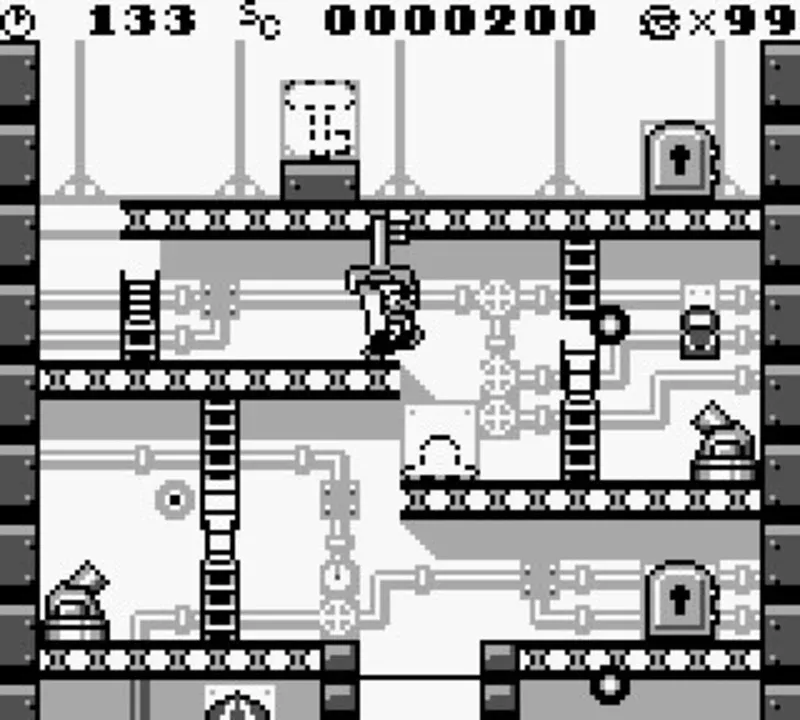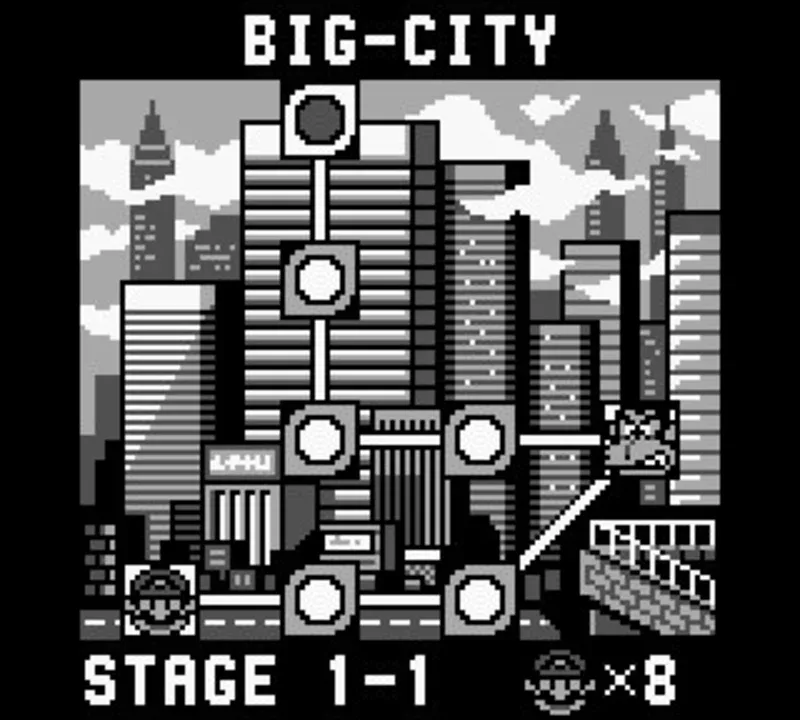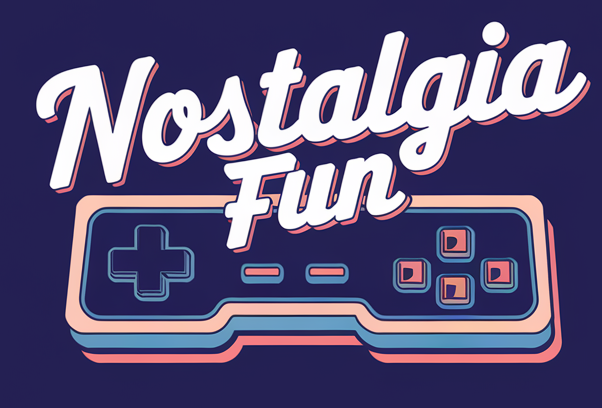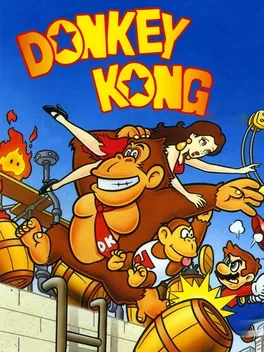Donkey Kong is a landmark arcade game developed by Nintendo and released in 1981. It introduced players to two legendary characters who would later define Nintendo’s legacy: the heroic carpenter Jumpman (who would become Mario) and the mischievous giant ape Donkey Kong. With its innovative gameplay, multi-screen levels, and simple yet charming storyline, it became one of the most influential games of its era.

The story is straightforward but memorable. Donkey Kong has kidnapped Pauline, and Jumpman must rescue her by climbing a series of dangerous construction site levels. Each stage is filled with obstacles, such as rolling barrels, fireballs, conveyor belts, and elevators. To save Pauline, the player must reach the top of each screen while avoiding hazards and strategically using ladders and platforms.
Donkey Kong was revolutionary for its time because it combined storytelling with arcade gameplay, a rare concept in 1981. It featured four distinct level designs that loop in increasing difficulty, keeping players challenged and engaged. The game also introduced jumping as a key mechanic, which became a defining feature of future platformers.
The controls are simple—Jumpman can move left or right, climb ladders, and jump over obstacles. However, the game requires precise timing and quick reflexes to survive the onslaught of barrels and enemies. Bonus points can be earned by smashing barrels with hammers or completing levels quickly. The mix of strategy, timing, and arcade action made it highly addictive and rewarding.

Donkey Kong was a huge commercial success and marked Nintendo’s entry into the global video game market. It not only launched the careers of Mario and Donkey Kong but also set the stage for the platforming genre. Decades later, it remains a beloved classic that represents the golden age of arcade gaming.
Technical Details
- Developer: Nintendo
- Publisher: Nintendo
- Release Date: July 9, 1981
- Genre: Platform arcade game
- Mode: Single-player
- Platform: Arcade (later ported to NES, ColecoVision, and many others)
- Graphics: Colorful 2D pixel art with multi-screen levels
- Sound: Simple but catchy jingles and sound effects
- Key Features: Four unique stages, barrel-dodging action, first appearance of Mario and Pauline

